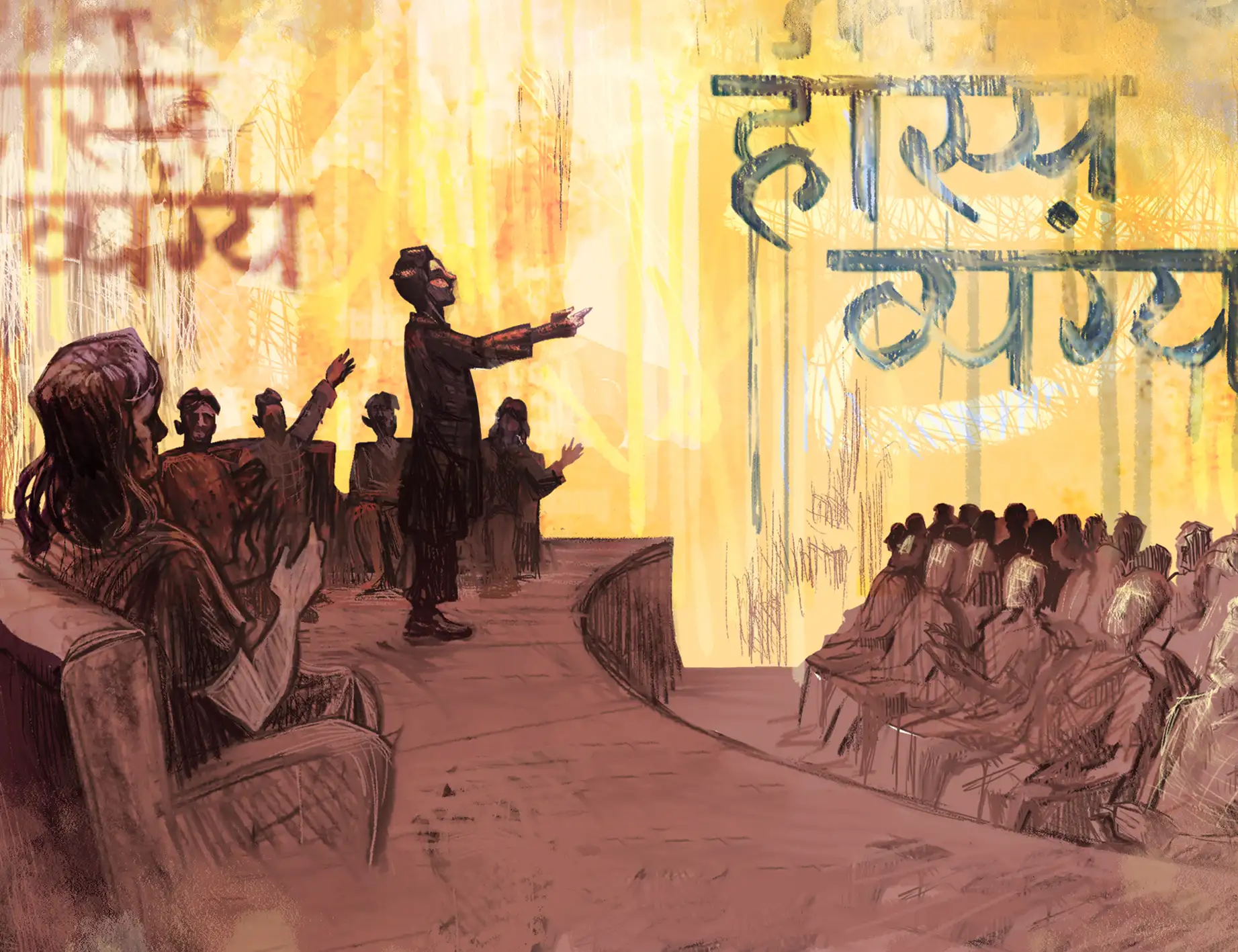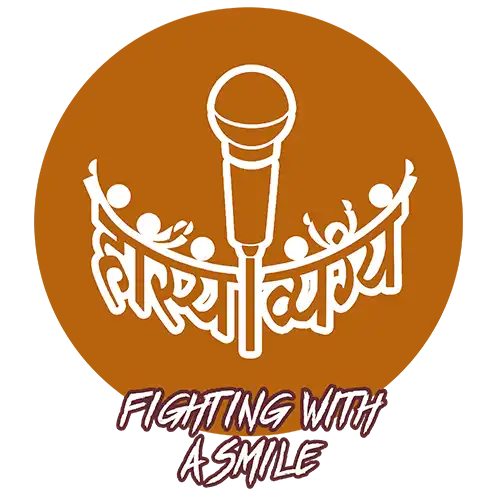This website is intended to be a platform where the Principal Investigator communicates the objectives, activities and outcomes of the project named FISM , ‘Fighting with a Smile: Satirical and Humourist Voices of Resilience from Hindi Speaking Subaltern Subjects and Communities’. FISM has received funding from the European Union’s Horizon Europe research and innovation program under the call HORIZON-MSCA-2023-PF-01.
The project aims to analyse how satire and humour are currently being used as cultural assets by Indian authors and communities to pursue strategies of resilience, activism and empowerment. Against the backdrop of a broader reflection on the value of these modes in the Indian contemporary context, the project proposes to examine uses by marginalized and subaltern subjects and communities. However, FISM also explores the use of humour and satire by authors who do not belong to these groups and who, nonetheless, embrace comedy as a communicative means to raise counter-narratives in the Indian public sphere. Over the last few years, and especially after the COVID-19 pandemic, a variety of studies have shed light on the positive and therapeutic functions of humour. However, notwithstanding the rising interest toward the history and current uses of these modes in the Indian context, there has never been an interdisciplinary attempt to analyze, in a synoptic way, the functions, limits and current uses of humour and satire. In this light, starting from these theoretical premises, the project aims at filling this gap by addressing the following objectives:
1- To shed light on current uses of satire and humour in the Indian context, with a focus on uses by marginalized and subaltern authors.
2- To analyze socially-oriented uses of satire and humour by these artists, and establish their connection to self-empowering strategies.
Humour (hāsya) and satire (vyaṅgya) are two important modes of expression in Indian society and are found in different cultural contexts. For this reason, the project pursues a transdisciplinary survey of these two forms, the life of which transcends the boundaries between different disciplines. Another relevant theoretical feature of the project is its emphasis on the use of comedy in the so-called ‘Hindi belt’, a linguistic region covering part of northern and central India, where Hindi serves as a lingua franca. The first field of investigation regards contemporary Hindi literature, and surveys, penned in the last twenty years by writers belonging to the above-mentioned communities. Therefore, the project aims to explore how, through which narrative devices, and to what extent, authors from these and other groups have used and/or are currently using satire and humour to create a counter-public in India. Another theoretical aim of the research will be that of researching the contribution made by Hindi women writers to the expansion of Hindi literary satire in India.
A second area of investigation concerns the extra-literary life of humour and satire, with a focus on local and ‘glocal’ practices by a variety of cultural actors in the Indian context. With reference to the glocal dimensions of humour, the research primarily intends to investigate the forms of stand-up comedy and Street Theatre. Other events connected to the sphere of humour and satire are the so-called Hāsya kavi sammelans/Muśāyrās, gatherings of Hindi and/or Urdu poets who often employ humorous poetry to discuss about socio-cultural issues and problems.
There are many other local traditions in India that reveal a grotesque/satirical register. In this regard, one geographical area on which the researcher intends to focus his ethnographic research is the Kumaon region of Uttarakhand, where, during the Holi celebrations, modes of satire and humour are usually adopted by women performers to celebrate what is known as the ‘‘Mahilā Holī’.
In the context of the local performative and ritual practices of North India the Principal Investigator plans to investigate also the forms of Svām̐g (practiced in Bundelkhand), Nauṭaṅkī and other tipologies of Indian satirical theatre.
FISM shall also involve an investigation into the ‘digital life’ of Hindi contemporary humour. With reference to the study of the digitalization of satire and humour, the project investigates the impact produced by digital culture on other ‘mediatic’ literary texts, e.g. satirical fake news, satirical interviews etc.
This website is not only a platform for the project, but also for those who wish to share their experiences and reflect on the uses, forms and aesthetic/sociocultural values of humour and satire in India. To this end, the site includes a podcast (READ MORE) to which the PI will add information on the history of satire and humour in India. The PI also plans to add interviews with contemporary satirists, writers and scholars related to the field.

